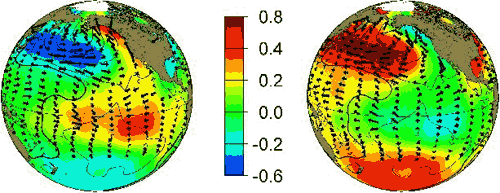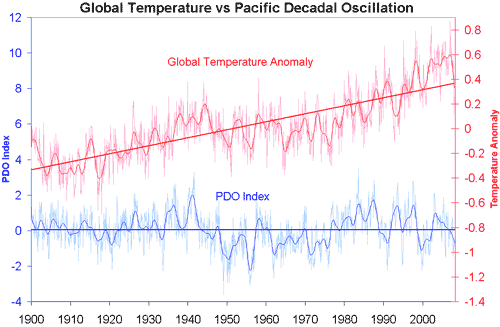 Arguments
Arguments
 Software
Software
 Resources
Comments
Resources
Comments
 The Consensus Project
The Consensus Project
 Translations
Translations
 About
Support
About
Support


Latest Posts
- Drought fuels wildfire concerns as Canada braces for another intense summer
- At a glance - What ended the Little ice Age?
- Climate change is making hurricanes more destructive
- 2024 SkS Weekly Climate Change & Global Warming News Roundup #19
- Skeptical Science New Research for Week #19 2024
- Climate Adam: How to visualise Climate Change (ft. Katharine Hayhoe)
- At a glance - Tree ring proxies and the divergence problem
- Why India is key to heading off climate catastrophe
- 2024 SkS Weekly Climate Change & Global Warming News Roundup #18
- Skeptical Science New Research for Week #18 2024
- At a glance - Clearing up misconceptions regarding 'hide the decline'
- Pinning down climate change's role in extreme weather
- 2024 SkS Weekly Climate Change & Global Warming News Roundup #17
- Fact Brief - Is Antarctica gaining land ice?
- Simon Clark: The climate lies you'll hear this year
- Skeptical Science New Research for Week #17 2024
- Water is at the heart of farmers’ struggle to survive in Benin
- At a glance - The difference between weather and climate
- India makes a big bet on electric buses
- 2024 SkS Weekly Climate Change & Global Warming News Roundup #16
- EGU2024 - An intense week of joining sessions virtually
- Skeptical Science New Research for Week #16 2024
- How extreme was the Earth's temperature in 2023
- At a glance - Is the science settled?
- What is Mexico doing about climate change?
- 2024 SkS Weekly Climate Change & Global Warming News Roundup #15
- Fact Brief - Did global warming stop in 1998?
- Skeptical Science New Research for Week #15 2024
- EGU2024 - Picking and chosing sessions to attend virtually
- At a glance - The Pacific Decadal Oscillation (PDO) is not causing global warming
Archived Rebuttal
This is the archived Basic rebuttal to the climate myth "It's Pacific Decadal Oscillation". Click here to view the latest rebuttal.
What the science says...
| The PDO shows no trend, and therefore the PDO is not responsible for the trend of global warming. |
The Pacific Decadal Oscillation (PDO) is a climate phenomenon that occurs primarily in the North Pacific Ocean. The “oscillation” happens between warm phases (positive values) and cool phases (negative values) that last anywhere from 10 to 40 years. The phases are associated with changes in sea surface temperatures (SST). While the causes of the PDO are still unknown, the primary effects seem to be changes in northeast Pacific marine ecosystems and a changing jet stream path.
Important to note, however, is that the phases are not set in stone; there are frequently short sets of 1-5 warm years during a cool phase and vice-versa. Secondly, the “warm” and “cool” phases are less descriptive than they would appear. The cool period, for instance, is actually associated with extremely high sea surface temperatures in the Northern Pacific (see image below).

Figure 1: PDO warm phase (left) and cool phase (right). Image courtesy of JISAO.
One way to test this skeptic theory is to plot the Global Temperature Anomaly alongside the PDO Index (shown below). What we find is that although the PDO index appears to influence short-term temperature changes, global temperatures have a distinct upward trend, while the PDO Index does not.

Figure 2: Pacific Decadal Oscillation index (blue, University of Washington) versus Global Temperature Anomaly (Red - GISS Temp). Smoothed data (thicker blue and red lines) and trend lines (thick straight line) are added.
Natural oscillations like PDO simply move heat around from oceans to air and vice-versa. They don't have the ability to either create or retain heat, therefore they're not capable of causing a long-term warming trend, just short-term temperature variations. Basically they're an example of internal variability, not an external radiative forcing. If PDO were responsible for warming the surface, the oceans would be cooling, which is not the case.
These results are expected. The long term warming trend is a result of an energy imbalance caused primarily by an increase of greenhouse gases in the atmosphere. In contrast, the PDO is an internal process and does not increase or decrease the total energy in the climate system.
Updated on 2010-09-16 by Nicholas Berini.
THE ESCALATOR

(free to republish)
























































